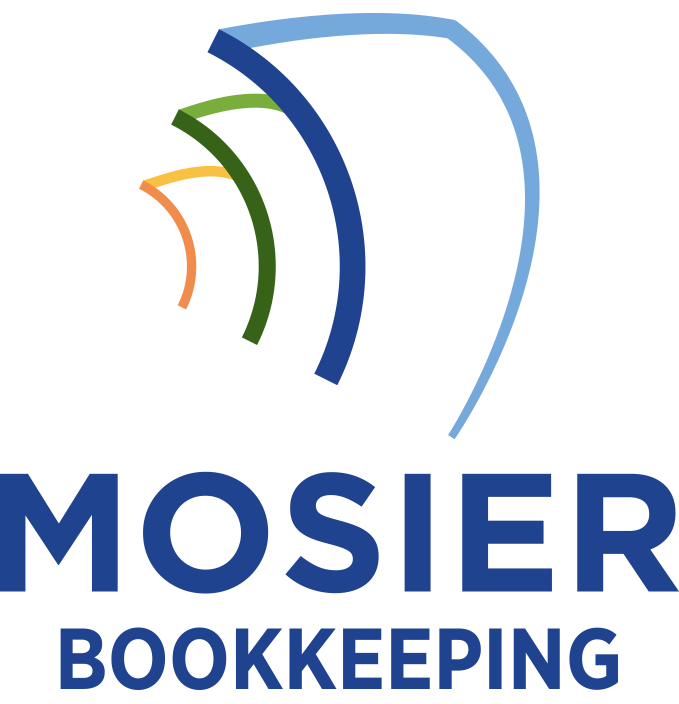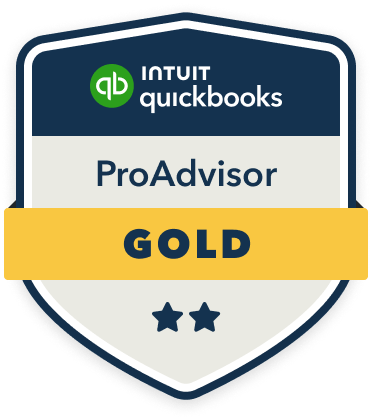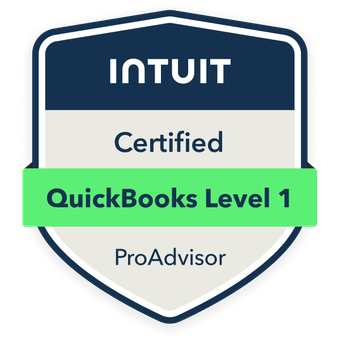To analyze asset management metrics through bookkeeping, I’ll help you implement systematic data collection processes that track acquisition costs, depreciation schedules, maintenance history, and operational metrics. You’ll need to calculate key ratios like ROA, asset turnover, and fixed asset utilization while monitoring value changes and maintenance costs. By maintaining detailed records of these performance indicators, you’ll optimize your asset lifecycle management and enhance operational efficiency. The following insights will transform your approach to strategic asset management.
Essential Asset Management Records and Data Collection
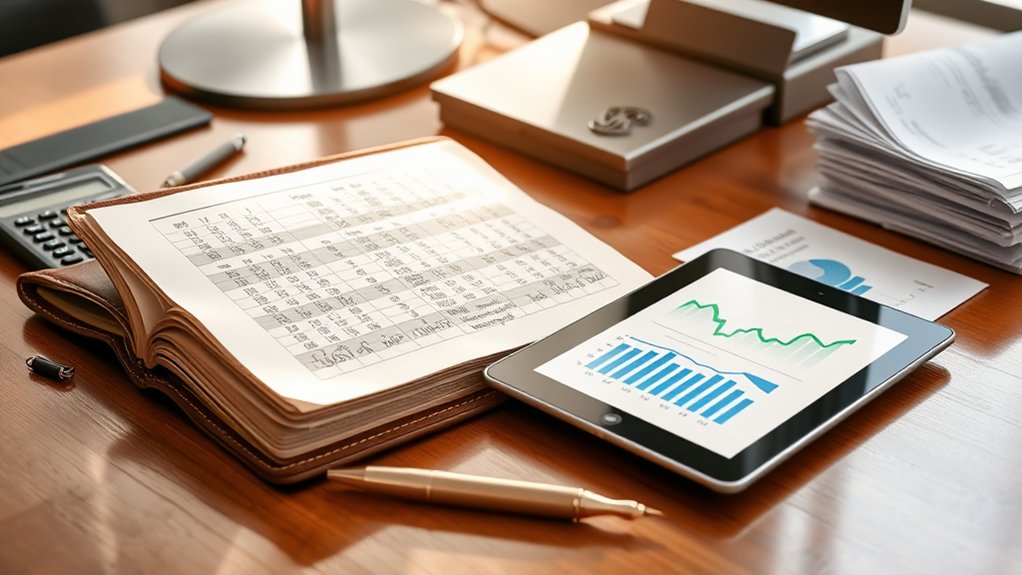
To effectively manage organizational assets, maintaining exhaustive records and implementing systematic data collection processes forms the foundation of sound asset management. I track each asset’s acquisition cost, depreciation schedule, maintenance history, and operational metrics through my integrated data infrastructure. This enables me to analyze asset performance, identify trends, and make strategic decisions.
To effectively manage organizational assets, maintaining exhaustive records and implementing systematic data collection processes forms the foundation of sound asset management. I track each asset’s acquisition cost, depreciation schedule, maintenance history, and operational metrics through my integrated data infrastructure. This allows me to analyze asset performance, identify trends, and make strategic decisions.
Calculating Key Asset Performance Ratios
Building on thorough asset data collection, I calculate specific performance ratios to quantify asset efficiency and effectiveness. I focus on four critical metrics: Return on Assets (ROA), Asset Turnover Ratio, Fixed Asset Utilization, and Operating Efficiency Ratio.
I divide net income by total assets to determine ROA, measuring profitability against asset investment. For asset turnover, I calculate net sales divided by average total assets. I assess fixed asset utilization through revenue divided by fixed assets. Finally, I compute operating efficiency by measuring operating expenses against total revenue.
These ratios reveal asset performance trends, highlighting opportunities for optimization and strategic improvements.
Tracking Asset Depreciation and Value Changes
I’ll demonstrate how you can effectively track your assets’ changing values through systematic depreciation calculations, market monitoring, and write-off assessments. Your annual depreciation rates need to align with both tax regulations and your organization’s accounting policies while accurately reflecting each asset’s useful life. When market conditions impact asset values or equipment becomes obsolete, I’ll show you how to properly document write-offs and adjustments in your financial records to maintain accurate books.
Calculate Annual Depreciation Rates
The calculation of annual depreciation rates forms a critical component in accurately tracking how assets lose value over time. I’ll show you how to determine these rates using three primary methods: straight-line, declining balance, and sum-of-years-digits.
| Method | Formula | Annual Rate |
|---|---|---|
| Straight-Line | (Cost – Salvage) / Life | Fixed % |
| Declining Balance | 2 × Straight-Line Rate | Variable % |
| Sum-of-Years | Remaining Life / SYD × Cost | Variable % |
| Units of Production | (Cost – Salvage) / Total Units | Per Unit |
| Double Declining | 2 × (100% / Asset Life) | Accelerated |
I recommend starting with straight-line depreciation for most assets, as it provides consistent, predictable write-offs that simplify your bookkeeping process.
Monitor Market Value Changes
Regular monitoring of market value fluctuations for business assets requires systematic tracking beyond standard depreciation calculations. I recommend implementing a robust market value monitoring system that integrates real-time data with your asset management strategy.
- Track fair market value through professional appraisals, market research, and industry benchmarks
- Document value changes quarterly in your asset management software
- Compare current market values against book values to identify significant variances
- Analyze external factors impacting asset values: technological obsolescence, market demand, economic conditions
This systematic approach guarantees I’m capturing accurate asset valuations while identifying potential risks or opportunities for strategic decisions about asset retention, disposal, or replacement.
Record Equipment Write-Offs
Building upon market value monitoring practices, proper documentation of equipment write-offs forms a critical component of thorough asset management.
I’ll show you how to master equipment write-off records through three essential steps. First, I determine the asset’s remaining book value by subtracting accumulated depreciation from the original cost. Next, I create a detailed write-off entry that credits the asset account and debits the loss account. Finally, I maintain supporting documentation including disposal authorization, condition reports, and salvage value assessments.
This systematic approach guarantees I capture accurate financial impacts while maintaining audit-ready records that demonstrate my strategic asset management decisions.
Monitoring Asset Maintenance and Operating Costs
Maintaining accurate records of asset maintenance and operating costs provides critical data for evaluating financial performance and optimizing resource allocation. I’ve found that tracking these metrics enables strategic decision-making for asset lifecycle management and cost control.
I monitor these essential cost components:
- Scheduled maintenance expenses and labor hours
- Emergency repair costs and downtime impacts
- Utility consumption rates and operational overhead
- Replacement part inventory and associated carrying costs
Optimizing Asset Lifecycle Through Financial Analysis

Financial analysis of asset performance data drives informed decisions about equipment lifecycles and replacement timing. I track key metrics like utilization rates, maintenance costs, and depreciation to determine ideal replacement points before efficiency declines impact profitability.
I analyze cost-per-operating-hour trends and compare them against industry benchmarks to identify underperforming assets. By calculating net present value and internal rate of return for replacement scenarios, I can pinpoint the exact timing that maximizes ROI. This data-driven approach enables me to execute strategic upgrades that maintain peak operational efficiency while minimizing total cost of ownership.
Creating Asset Management Reports and Dashboards
I’ll show you how to transform raw asset data into meaningful visual performance metrics through customized dashboards that highlight KPIs, utilization rates, and maintenance costs. Automated reporting systems can streamline this process by integrating real-time data feeds, predefined templates, and scheduled distribution protocols. You’ll learn to implement best practices for report automation, including data validation checks, version control mechanisms, and conditional formatting rules that guarantee consistency and accuracy across your asset management documentation.
Visual Asset Performance Metrics
Visual performance metrics transform complex asset data into clear, actionable insights through strategic reporting dashboards. I leverage these metrics to optimize asset management through dynamic visualization tools that drive decision-making power.
- ROI heat maps highlighting asset performance across operational segments
- Time-series graphs tracking depreciation curves and maintenance costs
- Utilization rate gauges measuring asset efficiency against benchmarks
- Risk exposure matrices displaying vulnerability points and control metrics
Automated Reporting Best Practices
While manual reporting demands significant time and introduces error risks, automated asset management dashboards streamline data collection and analysis through systematic workflows. I recommend configuring real-time KPI monitoring that triggers alerts when metrics deviate from set thresholds. By integrating your asset management software with accounting systems, you’ll enable automatic data synchronization and standardized report generation.
I structure my dashboards to display critical metrics like asset utilization rates, maintenance costs, and depreciation trends. This automation lets me focus on strategic analysis rather than data compilation. I’ve found that customizable templates and scheduled report distribution maximize operational efficiency while maintaining data accuracy.
